‘Underwater avalanches’ are creating ocean microplastics hotspots – Oceanographic
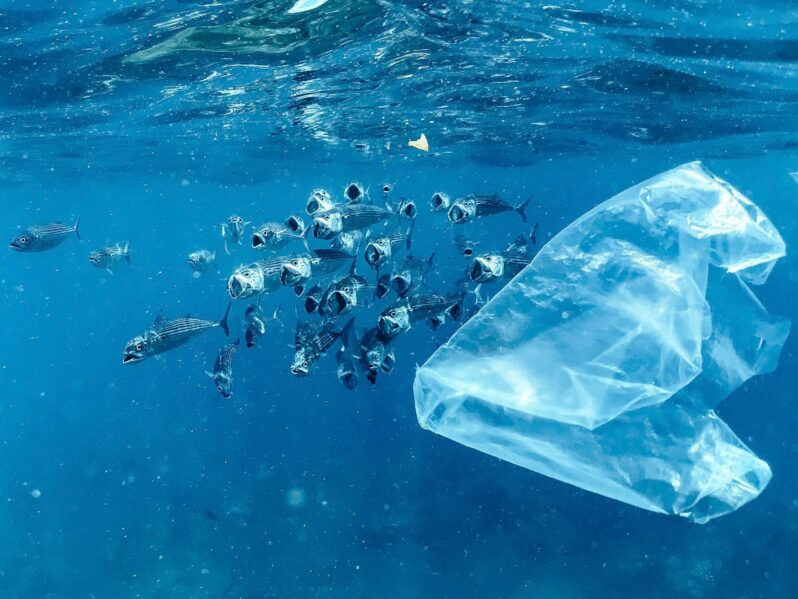
Scientists from The University of Manchester and the National Oceanography Centre have found that fast-moving ‘underwater avalanches’ known as turbidity currents are moving vast quantities of microplastics pollution to areas of high biodiversity…
How to eat and drink fewer microplastics – the Washington Post
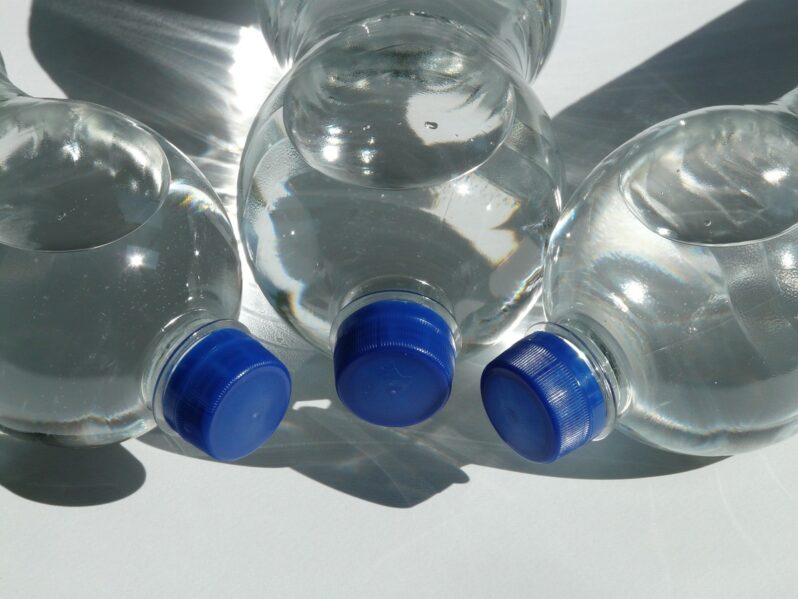
The peer-reviewed study detected microplastics in 180 of 182 samples comprising five types of fish and pink shrimp…
Study finds microplastic contamination in 99% of seafood samples – the Guardian

The peer-reviewed study detected microplastics in 180 of 182 samples comprising five types of fish and pink shrimp…
In a first, scientists find microplastics are building up deep in our brains – the Washington Post
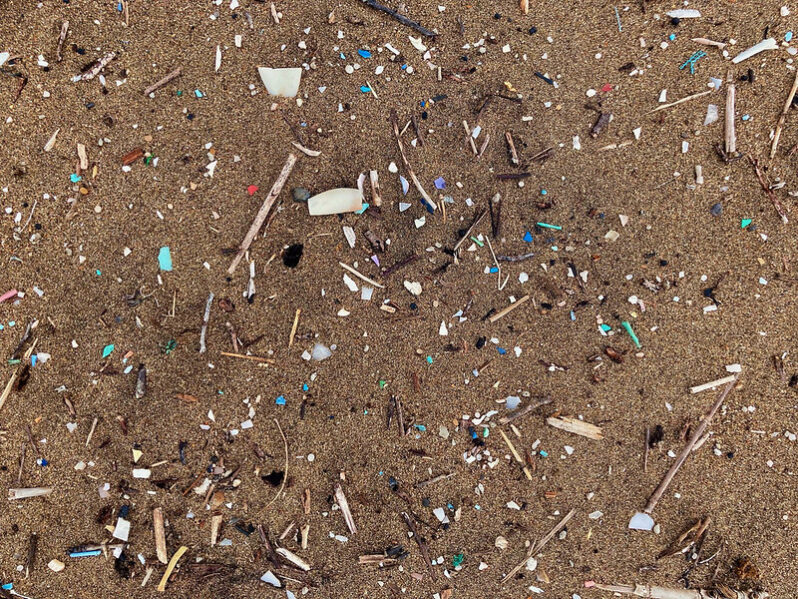
A new study shows that microplastics have crossed the blood-brain barrier — and that their numbers are rising…
What’s the deal with microplastics, the material that ‘never goes away’? – SCOPE – Stanford Medicine
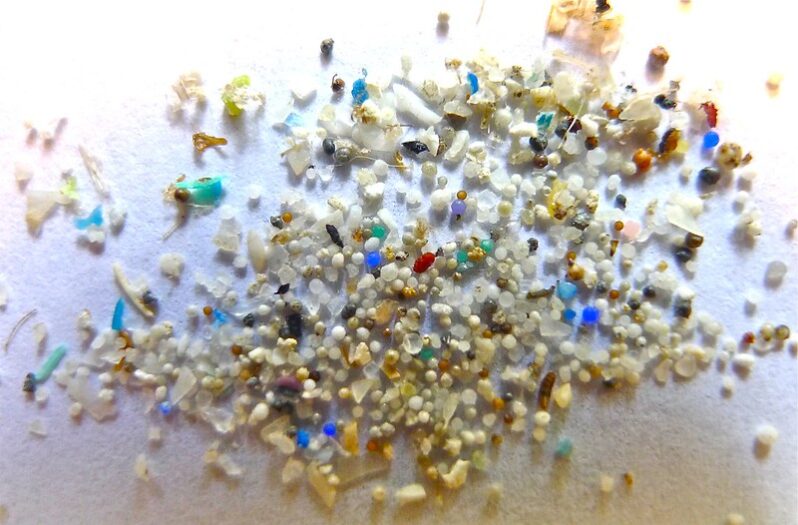
They’re in the water we drink, the food we eat, the clothes we wear and the air we breathe. They’ve pervaded every ecosystem in the world, from coral reefs to Antarctic ice. And they’ve infiltrated the human body, lodging themselves in everything from brain tissue to reproductive organs…
Cigarette Butts Are A Hidden Threat To California’s Horn Sharks – Forbes
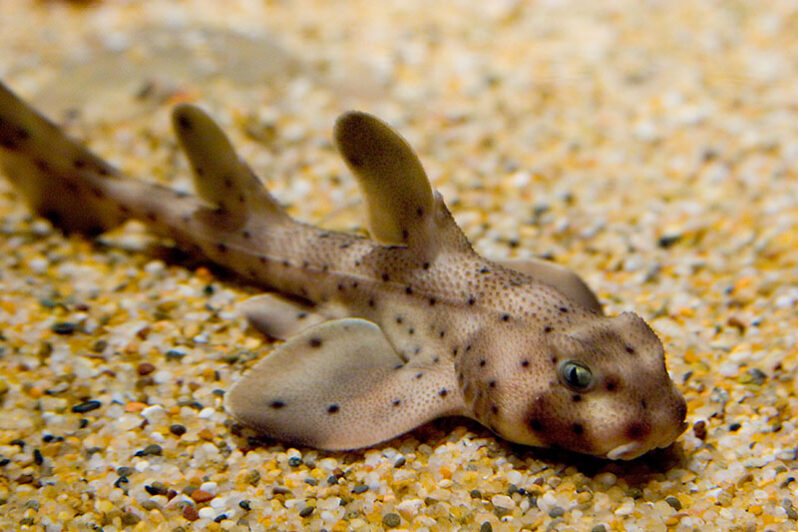
Marine debris continues to be a pressing environmental issue worldwide, particularly plastic waste, which often originates from land-based sources and can break down into microplastics. While many types of waste contribute to marine pollution, cigarette butts are the most commonly found form of plastic waste, and they pose unique threats to ocean ecosystems…
Microplastics are in human testicles. It’s still not clear how they got there – Grist Magazine
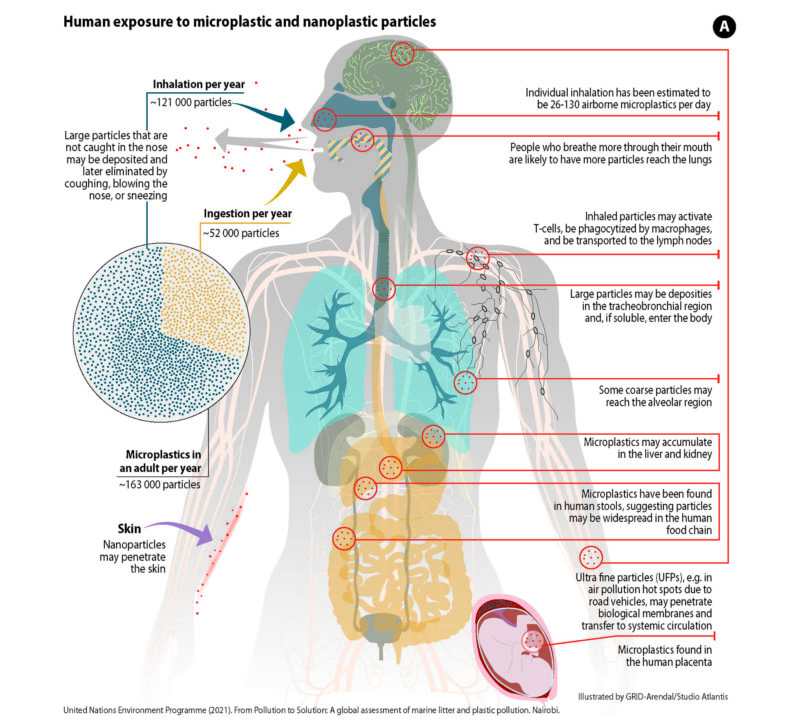
People eat, drink, and breathe in tiny pieces of plastics — but what they do inside the body is still unknown…
The more plastic companies make, the more they pollute – Grist Magazine

A new study, drawing on five years of data collected across 84 countries, proves what seems self-evident…
The world dumps 2,000 truckloads of plastic into the ocean each day. Here’s where a lot of it ends up – CNN
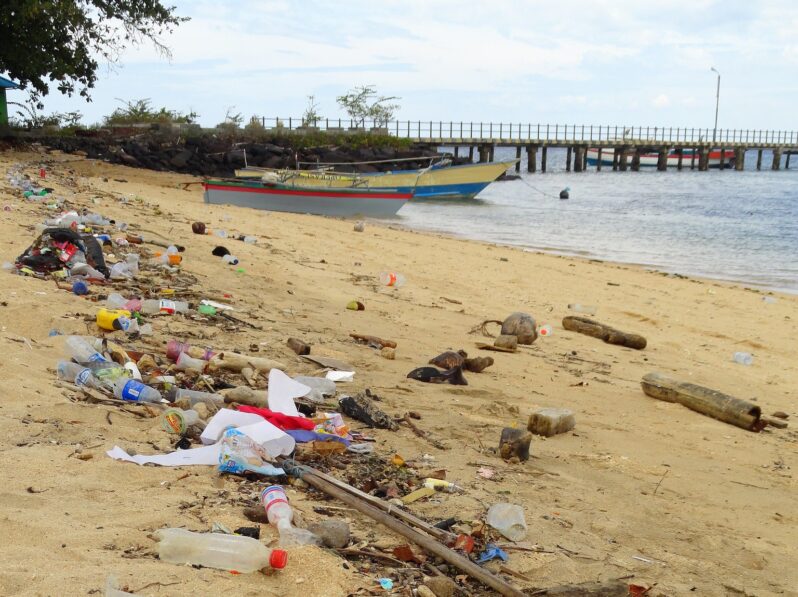
The western coast of Java in Indonesia is popular with surfers for its world-famous breaks. There’s a majestic underwater world to explore, too. But it’s impossible to surf or snorkel without running into plastic water bottles, single-use cups and food wrappers. The garbage sometimes forms islands in the sea, and much of it washes ashore, accumulating as mountains on the beach…
